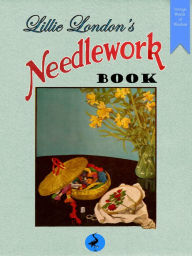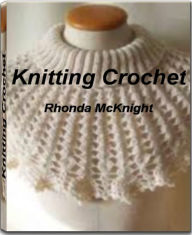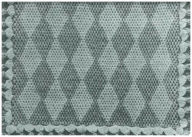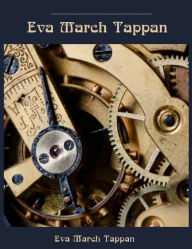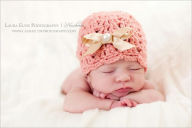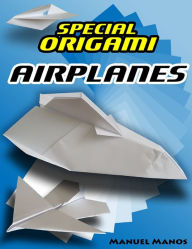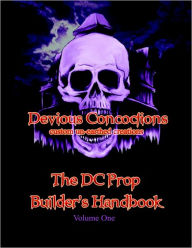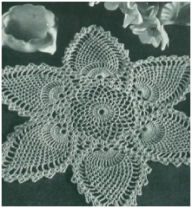The Detection of Forgery: A Practical Handbook for the Use of Bankers, Solicitors, Magistrates' Clerks, and All Handling Suspected Documents
The Detection of Forgery: A Practical Handbook for the Use of Bankers, Solicitors, Magistrates' Clerks, and All Handling Suspected Documents
By Douglas Blackburn
4 May, 2019
INTRODUCTION.
THE object of this little work is to assist those who may occasionally be called upon to form an opinion as to the genuineness of signatures, alterations in cheques, and the varied doubtful documents that demand the serious considerati
... Read more
INTRODUCTION.
THE object of this little work is to assist those who may occasionally be called upon to form an opinion as to the genuineness of signatures, alterations in cheques, and the varied doubtful documents that demand the serious consideration of businessmen by way of a preliminary to "taking further steps."
It is the first attempt published in England to explain the principles upon which the comparison and examination of handwriting are conducted by experts. It is, and can only be, an outline of suggestions how to begin, for no two experts follow precisely the same methods, any more than two painters work on the same lines. Both agree in recognising certain rules and general principles, but each strives for his objective point by the employment of those means which experience, temperament, taste and opportunity suggest. The study of the elementary rules of their art puts them upon the road for perfecting it, after which success can only be attained by rightly reading the signs that lead to the ultimate goal.
In reading these chapters the student should begin by practising that self-help which is essential to success. He must read with pen and notebook. It is with the object of compelling this valuable habit that no illustrative examples are given in the text. It would have been easy to fill many pages with script illustrations, but experience shows that a much greater impression is made upon the memory by the hand forming the outlines described than if they were provided in pictorial form. In other words, the student should supply this purposeful omission by himself constructing the illustrations from the description. The trifling extra time and trouble thus demanded will be amply repaid by the ease and rapidity with which the various points will be fixed in the memory. Nor is this the only advantage to be gained. The act of reproducing the illustration cited will emphasise and render clear technical and mechanical features that would require many words to explain, with the attendant risk of confusing the mind by mere verbiage.
The material and opportunity for practising and studying the comparison of handwritings are abundant. Every letter written or read affords a subject, and in a surprisingly short space of time the student will find himself instinctively noting and analysing peculiarities in handwriting that probably never arrested his attention before. The principles of the art are exceedingly simple and free from complexity, and many a person who takes up the study will find that he possesses powers of analysis and observation unguessed before. The most successful expert is he who observes most closely and accurately, and the faculty needs only the spur of an objective point for it to be developed.
After a little practice, experience will suggest many methods of examination and test not dealt with here. For example, photographic enlargements can be and are utilised with great advantage by bringing out minute details, especially in signatures, erasures and alterations. Interesting experiments can be made with a view to discovering the effect of different kinds of ink—important in settling the question whether the whole of a particular writing was done with one fluid, and at the same time, or at intervals.
The study of erasures and alterations of figures or characters also comes within the scope of developments of the art which it is not deemed necessary to deal with at length in these pages, for after experience will suggest their use and the best methods of procedure. For the beginner the instructions given in the chapters that follow will be found amply sufficient to direct him how to take up a fascinating and practical accomplishment, and this, with no further aid than his own judgment, perseverance and powers of observation and deduction. Less






